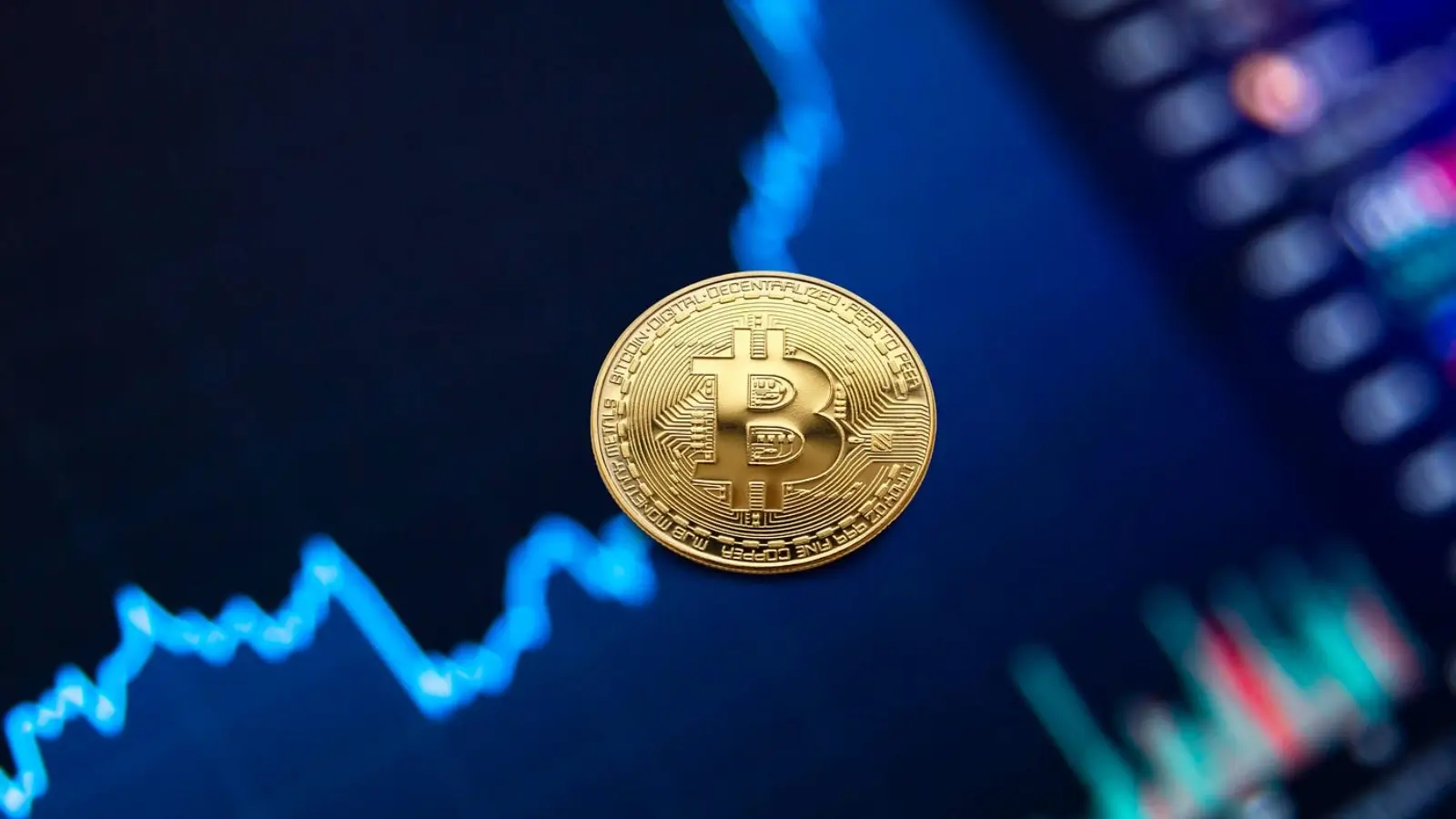


In decentralized exchanges, trades happen without a central authority or traditional order book. Instead, these platforms depend on participants who supply digital assets that make every swap possible. Liquidity providers form the foundation of this system by supplying the assets that keep decentralized trading active and efficient.
Their role connects traders, pools, and the broader decentralized finance network. By supporting smooth token swaps and stable prices, they help create an open market where users can trade with confidence. This article explores how liquidity providers supply assets, reduce risks, support financial activities, and earn rewards within the decentralized exchange ecosystem.
Liquidity providers supply the tokens that make decentralized exchanges work. They deposit pairs of assets into smart contract pools, which traders use to swap tokens directly without a central authority. This setup keeps trading fast and helps maintain fair prices across markets.
Each trade on a DEX draws from these pools. If enough liquidity exists, users can complete large swaps with little price change. Low liquidity, however, can cause higher slippage and less predictable trade outcomes.
Platforms like the Cryptocurrency exchange by ApeX depend on active liquidity providers to keep markets fluid. By contributing assets, these participants earn a share of transaction fees while supporting smooth peer-to-peer trading.
Automated market makers calculate prices based on pool balances, allowing trades to settle automatically. As a result, liquidity providers help sustain continuous trading activity and give users an efficient way to exchange digital assets across decentralized networks.
Liquidity providers supply pairs of tokens to decentralized exchange pools. These pools hold the assets in smart contracts that allow users to trade directly without using traditional order books. Each trade adjusts the balance of tokens in the pool, which affects the exchange rate.
The exchange rate depends on a mathematical formula that compares the amounts of each token in the pool. As traders swap one asset for another, the formula automatically updates prices to reflect supply and demand. This process keeps trading active without manual price setting.
Liquidity providers receive tokens that represent their share of the pool. These tokens allow them to withdraw their portion of assets later. In return for supplying funds, they earn a share of trading fees generated by the pool.
This structure creates a steady source of liquidity for decentralized exchanges. It also allows users to trade assets instantly, as the pool itself acts as the counterparty for every transaction.
Liquidity providers help stabilize trade prices by adding enough assets to the pool. More liquidity allows orders to execute closer to the expected price, which limits slippage. Traders face fewer surprises between the quoted and executed price, even during active market periods.
Price transparency also helps reduce manipulation. Fair pricing models and open data make it harder for traders to exploit sudden price changes. Therefore, a well-balanced pool supports honest trading behavior and protects participants from unfair practices.
Traders can further limit risk by splitting large orders into smaller ones. This approach prevents sudden price shifts that could affect execution. In addition, choosing pools with higher liquidity and lower volatility helps maintain steady prices and smoother transactions.
Regulatory oversight and smart contract audits also add protection. These measures promote fair activity and discourage manipulation. As a result, both traders and liquidity providers gain more confidence in the decentralized exchange environment.
Liquidity providers supply the assets that make decentralized lending and borrowing possible. Their deposits create pools of funds that borrowers can access through smart contracts. These contracts automatically set interest rates and repayment terms based on supply and demand.
This process removes the need for banks or other middlemen. Borrowers can access funds directly, and lenders earn interest from the assets they contribute. As a result, both sides benefit from a transparent and automated system.
Liquidity providers also help keep decentralized markets stable. By adding or removing assets, they influence the availability of funds and the interest rates across the network. Therefore, their participation supports a healthy balance between lenders and borrowers.
In addition, their role encourages wider access to financial tools. Anyone with an internet connection can lend or borrow through these decentralized systems, which expands financial opportunities beyond traditional institutions.
Liquidity providers supply tokens to a pool that supports trading on a decentralized exchange. Each trade in the pool generates a small fee, which the system distributes to providers based on their share of the total liquidity. This setup rewards those who keep assets available for traders.
Providers earn more than just transaction fees. Some platforms also grant extra rewards in the form of native tokens or other incentives. These rewards aim to attract more participants and maintain deep liquidity across trading pairs.
The amount earned depends on trade volume, pool size, and the provider’s share. Higher activity often leads to greater returns, but returns can vary over time. Therefore, liquidity providers weigh the potential earnings against market risks before adding assets to a pool.
Liquidity providers keep decentralized exchanges functional by supplying tokens to shared pools. Their participation allows traders to exchange assets without a centralized intermediary. This process supports fair pricing and smoother transactions.
They also share in the rewards generated by trading fees, which encourages ongoing participation. However, they face risks such as price shifts and temporary losses that can affect returns.
As decentralized finance continues to grow, liquidity providers remain key to its stability and accessibility. Their role connects traders, assets, and protocols in a balanced and efficient system.